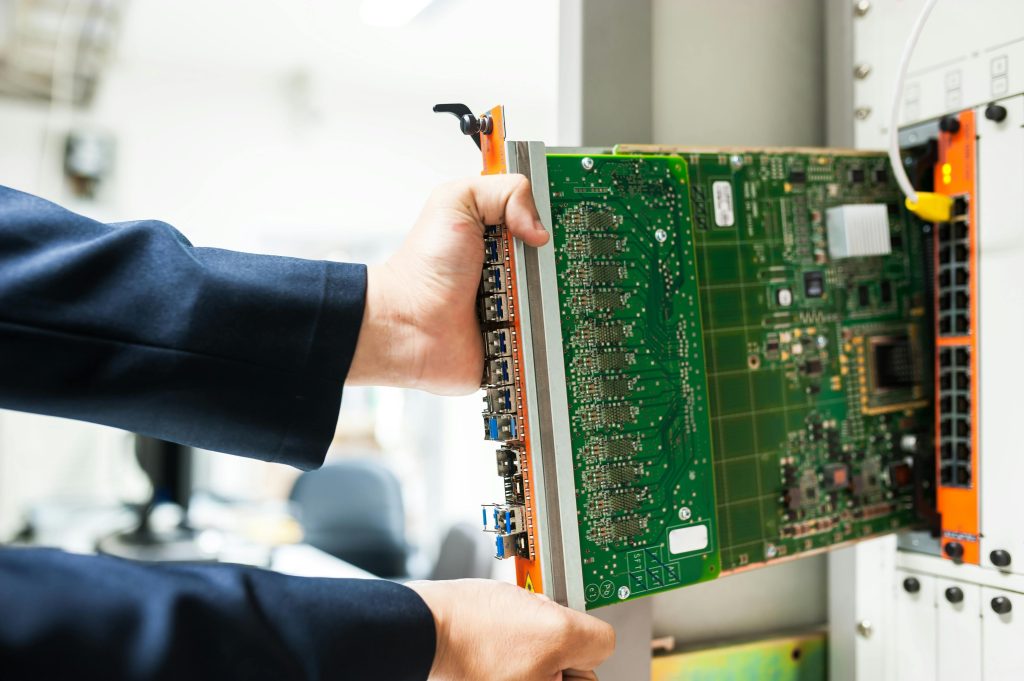Troubleshooting a Non-Responsive PC with Persistent Mouse Functionality
Experiencing technical issues with your computer can be frustrating, especially when key features become unresponsive. Recently, I encountered a situation where my PC became unresponsive following a power outage, yet peculiarly, the mouse continued to respond. Here’s a detailed account of the problem, along with potential troubleshooting steps to help resolve similar issues.
Incident Overview
While working in Visual Studio Code, my power suddenly went out. Upon restoring power and booting up my system, I noticed several irregularities:
- The taskbar was missing essential elements, including the Start menu button and search box.
- After some time, the Start menu icons reappeared, but the entire system froze, leaving me unable to click or interact with any applications, despite the mouse still being operational.
- Attempts to restart or reset the computer resulted in no improvement.
System Specifications
For context, here are my system details:
- Processor: Intel Core i3 7th generation
- RAM: 8GB
- Storage: Zebronics 480GB SSD with Windows installed
- Motherboard: Asus (model unspecified)
Troubleshooting Strategies
If you face similar issues—where the mouse still moves but the system remains unresponsive—consider the following steps:
- Perform a Hard Reset
- Hold down the power button until the PC shuts off completely.
-
Wait a few seconds, then press the power button to restart.
-
Boot into Safe Mode
- Restart your PC and press the appropriate key (often F8 or Shift + F8) during startup to access advanced boot options.
-
Select Safe Mode to diagnose whether the issue persists in minimal operating environment.
-
Check for System Updates or Corruption
- Once in Safe Mode, run Windows Update to install the latest patches.
-
Use System File Checker (sfc /scannow) in Command Prompt to identify and repair corrupted system files:
- Press Win + R, type
cmd, and run as administrator. - Enter:
sfc /scannow
- Press Win + R, type
-
Perform a System Restore
-
If the problem began recently, restoring Windows to a previous restore point might resolve the issue:
- Go to Control Panel > Recovery > Open System Restore.
-
Update Device Drivers
- Particularly graphics and chipset drivers, as outdated or corrupt drivers can cause UI responsiveness issues.
6
Share this content:



